For over a century, engineers have dreamed up countless ways to make objects fly. While propellers and jet engines became standard, the path to modern aviation is littered with astonishingly bizarre and ingenious propulsion experiments.
Some were pioneering, others were loud failures, but all pushed the boundaries of what was thought possible in the quest for flight.
From piston-powered jets to tip-jet rotors, prepare to explore the most unconventional and outright strange propulsion systems that dared to power aircraft through the skies. This is truly where aviation history gets wonderfully weird!
5. Caproni Campini N.1
Before jet engines became common, Italy’s Caproni Campini N.1 showcased a bizarre alternative: the “motorjet.” This 1940 aircraft looked like a jet, but its propulsion was a strange hybrid.
Instead of a turbine, a conventional piston engine drove a compressor, which then forced air into a combustion chamber where fuel was added and ignited to create thrust. This weird propulsion system marked a unique, albeit ultimately superseded, step in the evolution of jet flight.
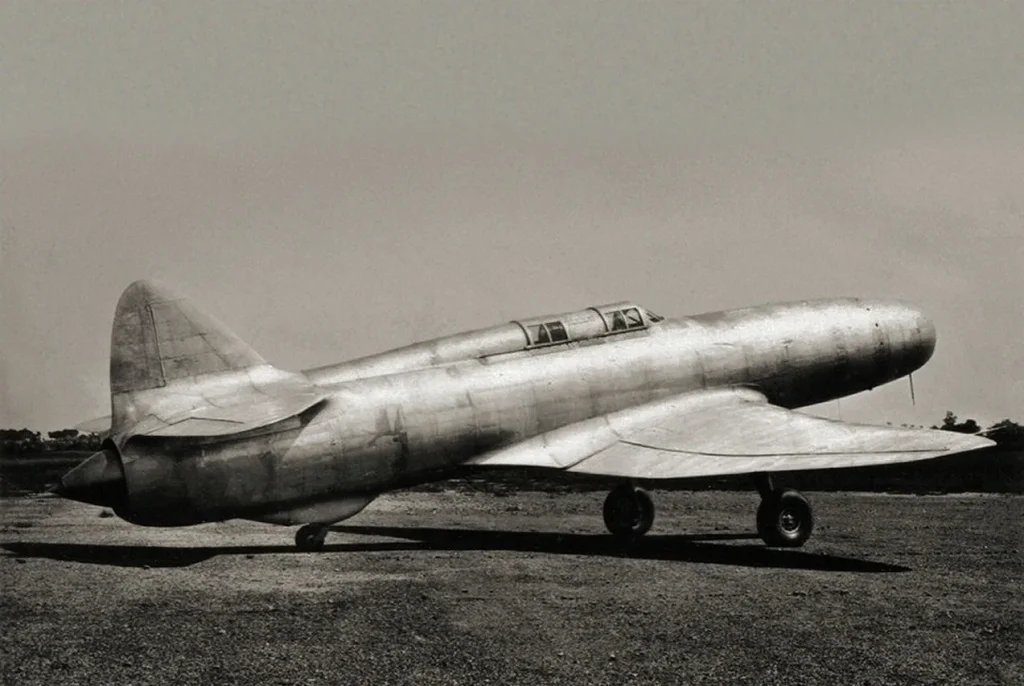
4. Republic XF-84H Thunderscreech
XF-84H Thunderscreech was an attempt to combine propeller efficiency with jet speed, resulting in one of the loudest aircraft ever built. Its unique turboprop propulsion system featured a massive, three-bladed propeller whose tips reached supersonic speeds.
This created an unholy shriek, causing nausea and pain to ground crews. While pushing propeller technology to its limits, the extreme noise and vibration proved impractical, making it a powerful but ultimately broken experiment.
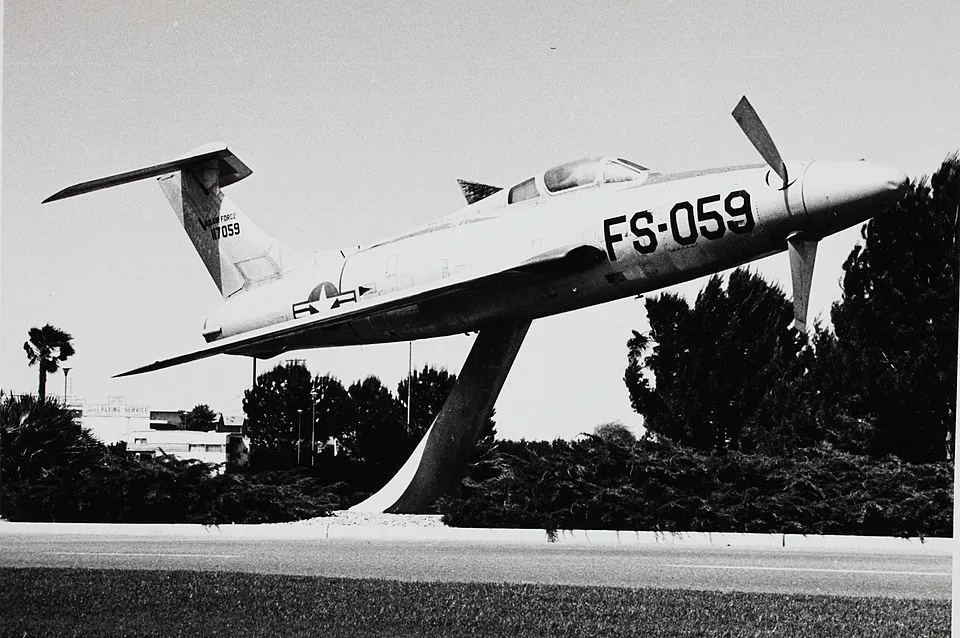
3. Fairey Rotodyne
The Fairey Rotodyne was a radical British design from the 1950s, aiming to combine the vertical lift of a helicopter with the speed of a conventional airliner.
Its strange propulsion system involved multiple elements: for vertical take-off and landing, compressed air and fuel were fed to jet engines mounted on the tips of its large rotor blades, spinning them to provide lift. In forward flight, these tip-jets were shut down, the rotor autorotated, and conventional propellers on short wings provided forward thrust.
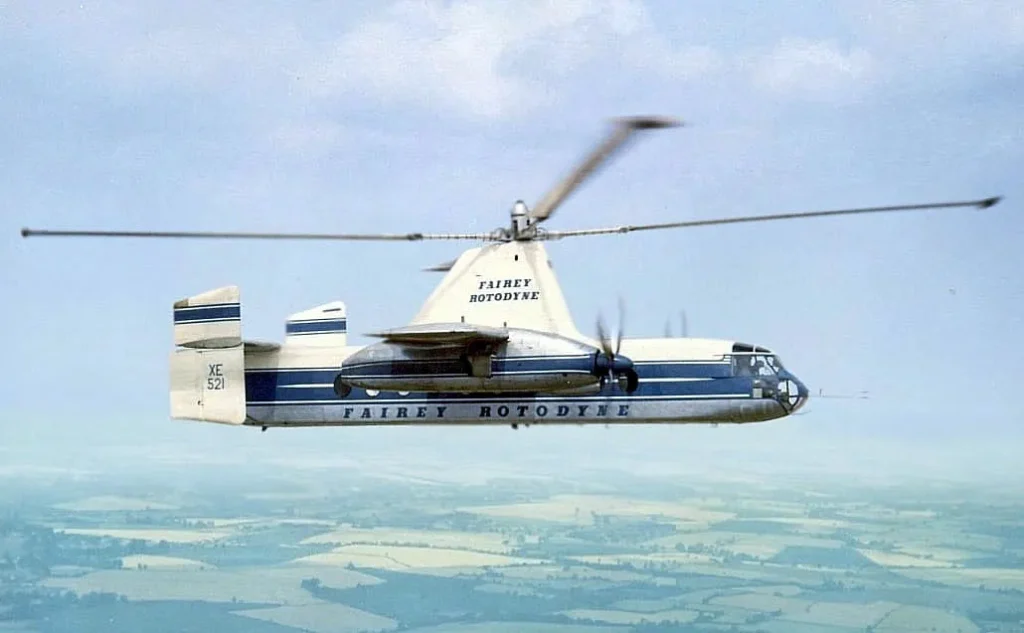
2. Boeing X-50 Dragonfly
The Boeing X-50 Dragonfly pushed the boundaries of aerospace engineering with its “Canard Rotor/Wing” (CRW) concept. It would take off like a helicopter using its rotor, but then the rotor would stop in flight, acting as a fixed wing for high-speed forward motion.
The complexity of transitioning between these two states, engaging and disengaging the rotor, made it an incredibly challenging and strange propulsion system that ultimately struggled to prove its practical viability.
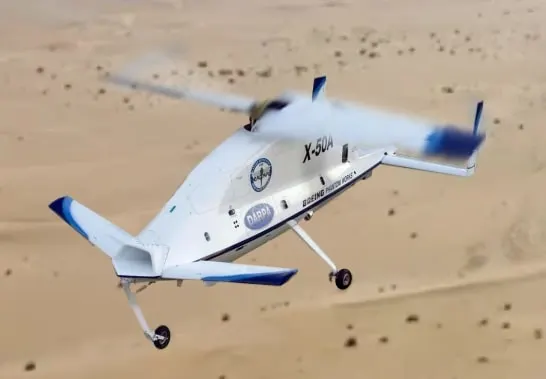
1. Lockheed X-7 “Flying Stovepipe”
The Lockheed X-7, aptly nicknamed the “Flying Stovepipe,” wasn’t an aircraft in the traditional sense, but rather a high-speed missile designed exclusively as a testbed for ramjet propulsion.
Launched from a B-29 or B-50, its primary purpose was to ignite its powerful ramjet engine at high altitudes and test its performance at extreme speeds (over Mach 4.3). Lacking conventional wings or pilot controls, it was essentially a giant, flying engine.
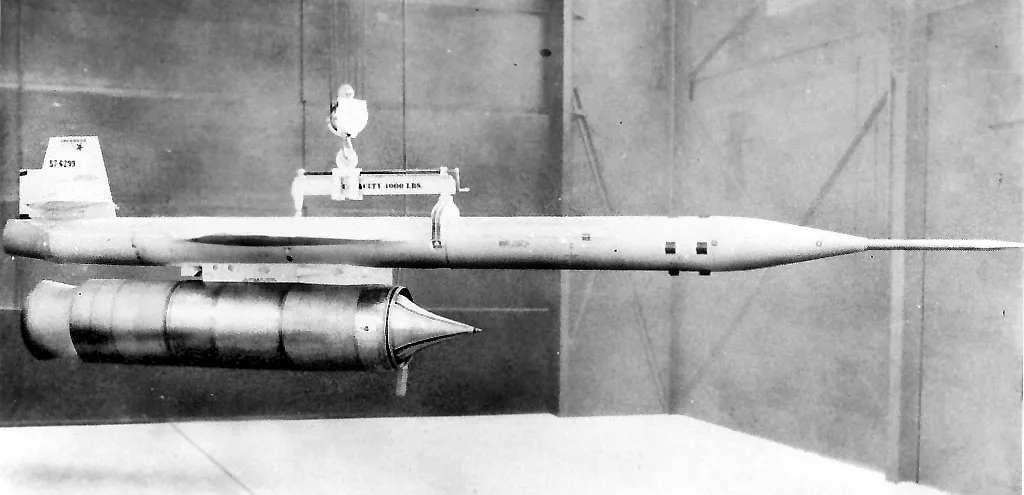
From the noisy shrieks of supersonic propellers to hybrid jet-rotor designs, these strange propulsion systems represent humanity’s endless quest for faster, more efficient, or simply more ingenious ways to conquer the skies. Each of these experimental aircraft pushed the boundaries of aviation history, even if their solutions were often as bizarre as they were brilliant. They remind us that the future of flight often springs from the most unconventional ideas. Which of these fascinating propulsion methods do you find the most mind-blowing? Share your thoughts below!








